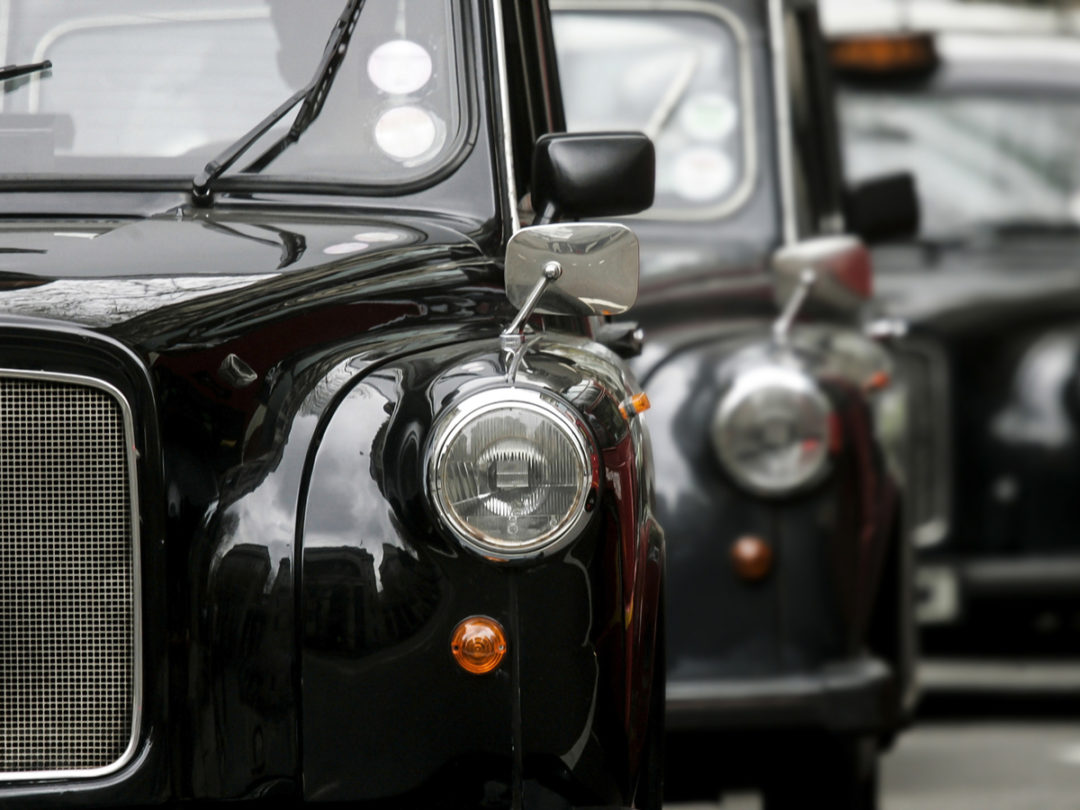
Visit Our Sponsors |
|
|
|
|
|
|
|
|
|
|
|
|
|
|
|
|
|
|
|
|
|
|
|
|
|
|
|
|
|
|
|
|
|
|
|
|
|
|

Forty years ago, 18 villagers of Xiaogang in Anhui Province banded together to disobey the orders of China’s government, risking their lives by deciding to farm individually instead of collectively.
Now, they’re celebrated as the pioneers of gaige kaifang 改革开放, or Reform and Opening Up — the process of turning China into a market-based economy that celebrates its 40th anniversary this week.
As part of the official program marking the anniversary that will culminate in Beijing on Dec. 18th, the government invited media to tour locations selected for their significance in showing how China has transformed in that time.
The anniversary comes at an awkward time. China’s trade war with the U.S. is throwing a searchlight on the industrial and political ambitions of President Xi Jinping’s increasingly authoritarian government.
This is the version of Reform and Opening Up that the Communist Party wants you to see.
Xiaogang itself has been transformed into a center of official patriotic education, with the villagers championed for their courage in subverting a collectivist system still reeling from the excesses of the Mao era.
The next stop on the tour fast-forwards to a showroom of advanced consumerist culture and an example of China’s industrial future — the Geely Automobile Experience Hall and a robotic solar-panel factory in Hangzhou.
Geely Automobile Holdings Ltd., which now owns Volvo AB, and produces the iconic London taxi, is pushing into electric vehicles — a sector in which China is well placed to lead the global market.
Automated production, with only limited human involvement, is on display at Chint Group, a maker of solar panels and other electric equipment. Look closer, and the globalization of China’s industrial sector is clear: Foreign-bought technology, like the robot arms from Swiss maker ABB Group.
If the ambitions of Xi’s Made in China 2025 program come to pass, those robot arms will be domestically produced in the future.
The plan’s goal of making China self-sufficient in microchips, robots, aerospace and other key technologies is seen by U.S. President Donald Trump and others as a direct challenge to U.S. dominance in many of those industries.
The official version of China’s development then passes through Alibaba Group’s campus in Hangzhou. At the e-commerce giant — a Chinese version of Amazon.com Inc. and Ebay Inc. combined — an exhibition shows a version of the company’s origin, where Jack Ma and associates visit the Great Wall outside Beijing after a failed venture and vow future success to each other.
The company, which accounts for about three quarters of the nation’s online retail sales, has by now a semi-official role — displayed through their use of technology to manage Hangzhou’s city traffic and other functions. Employees zip around the campus on smartphone-rented bicycles, another icon of China’s new economy.
China’s Artificial Intelligence ambitions are by now well known — it wants to become the world’s primary AI hub by 2030. Judging by the site selected by the tour’s planners though, that dream is still in the making. Hangzhou’s “AI Town” was largely deserted.
The tour ends in Shenzhen, a one-time fishing village and now megacity that is most closely identified with the success of Reform and Opening Up. Here, the message is again one of industrial self-sufficiency.
At the Daya Bay Nuclear Power Station, officials explain that their first nuclear power plant built in China was constructed with more than 99 percent imported technology. Now, the newest generation reactors are more than 90 percent domestic, and China is an exporter of nuclear technology.
That’s the arc that the Communist Party presents as the success of Reform and Opening Up. The outcome of the current confrontation with the U.S. will have a lot to do with whether it can continue.
RELATED CONTENT
RELATED VIDEOS
Timely, incisive articles delivered directly to your inbox.

